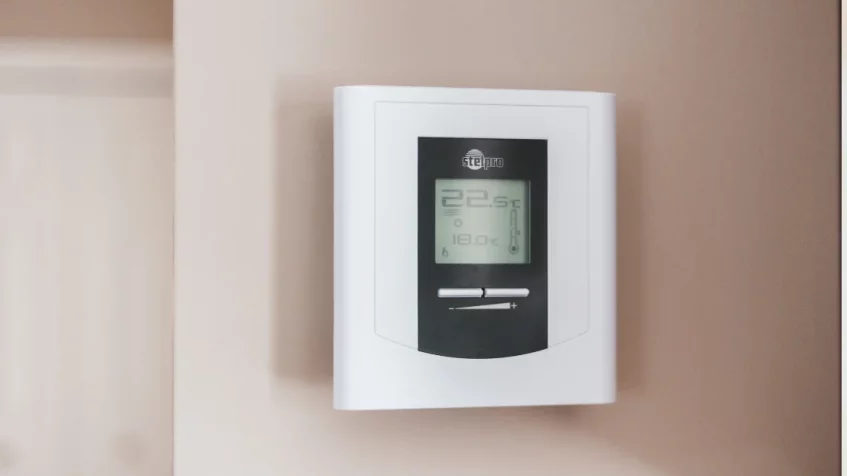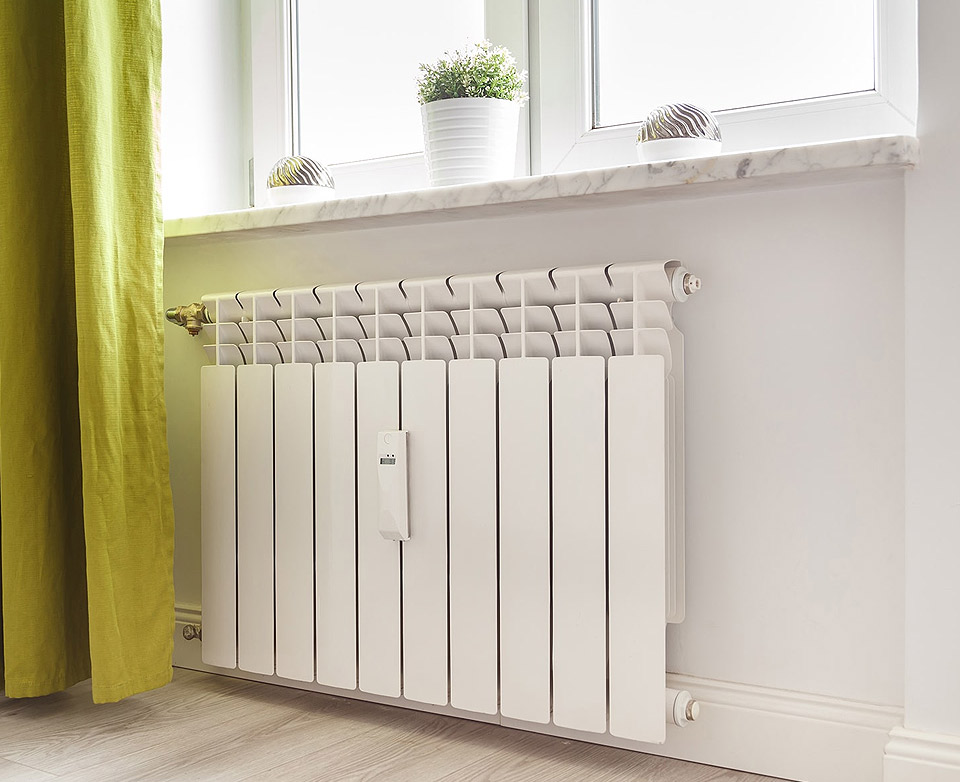
The Science of Thermostat Placement for Optimal Comfort
Thermostats are often the epicenter of temperature-related conflicts in homes and offices. We’ve all been in situations where one person is sweating while another is shivering, all thanks to thermostat settings. But what if I told you that the actual location of your thermostat holds the key to resolving these comfort conundrums? In this extensive exploration, we’ll delve deep into the science behind thermostat placement and how it can work wonders in achieving the pinnacle of comfort for your living or working space.
The Significance of Thermostat Placement
Before we embark on the journey of understanding the intricacies of thermostat placement, it’s crucial to grasp the pivotal role it plays. Your thermostat serves as the control center for your heating and cooling system, responsible for maintaining the desired temperature. However, if it’s not strategically located, it can lead to confusion, discomfort, and even energy wastage.
Demystifying the Science
So, what makes thermostat placement so vital? The science behind it revolves around positioning the thermostat in a location that accurately represents the average temperature of your space. This is not just an arbitrary rule; there’s solid scientific reasoning behind it.
The Phenomenon of Heat Rise
When your heating system springs into action, warm air ascends. If your thermostat is situated too high on the wall, it might sense this rising warm air and shut off the heat prematurely. Consequently, your space may feel cooler than you’d like it to be.
Battling Direct Sunlight
Thermostats are finely tuned to detect even the slightest temperature fluctuations. Direct sunlight can deceive them into perceiving a warmer ambiance than what’s real. Consequently, if your thermostat is exposed to direct sunlight, it could cause your space to be cooler than you’d prefer on a sunny day.
The Perils of Drafts and Airflow
Drafts and airflow can also influence thermostat accuracy. If it’s positioned near a door or window, where drafts are frequent, it may perceive the influx of cold air and work fervently to heat your space, even when it’s unnecessary.
Crafting the Ideal Thermostat Placement
Now that we’ve unlocked the secrets behind thermostat placement, the question arises: Where should you position it to optimize comfort? The following recommendations shed light on this aspect:
Central and Free from Heat Sources
Choose a central location within your living or working space, away from heat sources, windows, and direct sunlight. This ensures that your thermostat accurately gauges the average temperature of the room.
At Eye Level
Position your thermostat at eye level, approximately 52-60 inches from the floor. This is where you and your family or coworkers spend most of your time, and it’s where you’d naturally want the temperature to be the most comfortable.
Seek Stability
Identify a spot within your home or office where the temperature remains relatively stable. Avoid areas with rapid temperature fluctuations, such as kitchens, bathrooms, or drafty hallways.
Steer Clear of Hallways
Thermostats often find their way into hallways, a common misstep. However, hallways are not representative of the temperature in the rest of the house, leading your HVAC system to work harder than necessary to maintain comfort.
The Price of Poor Placement
Having grasped the science behind thermostat placement and the ideal positions, let’s touch upon the costs associated with a poorly positioned thermostat. If your thermostat isn’t located optimally, you are likely to experience:
- Constant Discomfort: The need for frequent thermostat adjustments to attain the desired comfort level.
- Increased Energy Costs: An HVAC system running excessively and inefficiently, resulting in higher energy bills.
- Accelerated Wear and Tear: Your HVAC system will experience premature wear and tear, leading to costly repairs or replacements.
Smart Thermostats and Remote Sensors
In our modern, technologically-driven world, many challenges find innovative solutions, and thermostat placement is no exception. Smart thermostats and remote sensors offer an effective remedy to the issues associated with traditional thermostat placement.
Smart thermostats like the popular Nest or Ecobee can be placed conveniently and rely on remote sensors to monitor temperatures in different rooms. This enables you to achieve optimal comfort by making precise temperature adjustments remotely.
A Thermostat Placement Epiphany
In summary, thermostat placement is more than just an aesthetic decision; it’s a choice that holds the power to significantly influence comfort and energy costs. By acquainting yourself with the scientific rationale and selecting an ideal location, you can transform your living or working space into an epitome of coziness and efficiency. And for those ready to embrace the future, consider upgrading to a smart thermostat with remote sensors for absolute control over your comfort. Bid farewell to thermostat-related disputes, and usher in an era of unadulterated comfort!










